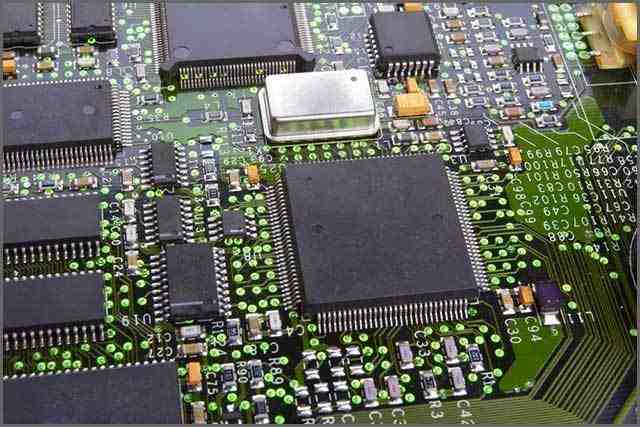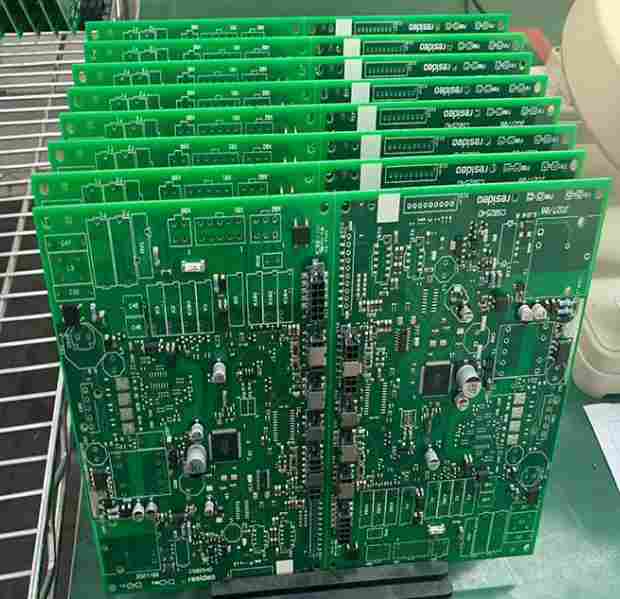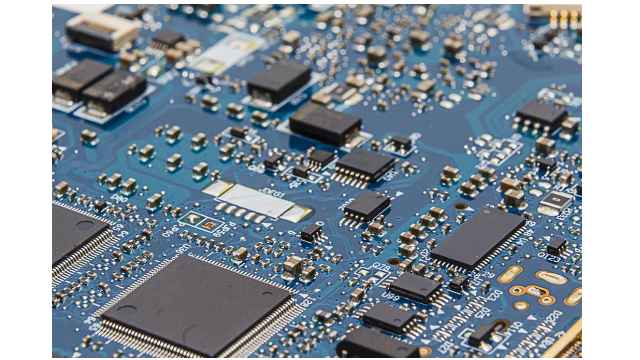
Electronic products all use PCB (printed circuit board), PCB market trend is almost the bellwether of the electronic industry. With the development of high-end, miniaturized electronic products such as mobile phones, notebook computers and PDAs, the demand for flexible circuit boards is increasing. PCB manufacturers are accelerating the development of thinner, lighter and denser PCB.
1. Single-layer FPC
Having a chemically etched conductive pattern layer, the conductive pattern layer on the flexible insulating substrate surface is calendered copper foil. The insulating substrate may be polyimide, polyethylene terephthalate, arylamide fiber ester and polyvinyl chloride. Single-layer FPC can be divided into the following four subcategories:
1. Single-side connection without covering layer
The wire pattern is on the insulating substrate, the wire surface is not covered, and the interconnection is achieved by soldering, fusion welding, or pressure welding, commonly used in early telephone sets.
2. Single-side connection with covering layer
Compared with the previous class, there is only an extra covering layer on the surface of the wire. Cover the pad should be exposed, simple can not cover the end area. It is one of the most widely used and most widely used single-sided soft PCB circuit board, which is used in automobile instrument and electronic instrument.
3. Double-sided connection without covering layer
The connecting disc interface can be connected on both the front and back of the conductor, and a path hole is cut on the insulating substrate at the welding disc. The path hole can be first punched, etched or made by other mechanical methods at the required position of the insulating substrate.
4. Double-sided connection with covering layer
Unlike the former class, the surface is covered by a covering layer which has passage holes allowing both sides to be terminated and which still maintains the covering layer, which is made of two layers of insulating material and one layer of metallic conductor.

Two, double-sided FPC
The double-sided FPC has a conductive pattern etched on each side of the insulating base film to increase the wiring density per unit area. Metallized holes connect the two sides of the insulating material to form a conductive path to meet the flexural design and use function. The covering film can protect the single and double-sided wire and indicate the position of the element. Metallized holes and overlays are optional as required, and this type of FPC is rarely used.
Three, multi-layer FPC
Multi-layer FPC is to layer three or more layers of single-sided or double-sided flexible circuits together, through drilling and plating to form a metallized hole, forming a conductive path between different layers. In this way, there is no need to use complex welding process. Multilayer circuits have great functional differences in terms of higher reliability, better thermal conductivity and more convenient assembly performance.
The advantages are that the substrate film is light in weight and has excellent electrical characteristics, such as low dielectric constant. The multilayer soft PCB board made of polyimide film as the base material is about 1/3 lighter than the rigid epoxy glass cloth multilayer PCB board, but it loses the excellent flexibility of single-sided and double-sided soft PCB. Most of these products do not require flexibility. Multi-layer FPCS can be further divided into the following types:
1. Flexible insulating substrate products
This class is manufactured on a flexible insulating substrate whose finished product is specified to be flexible. This structure usually consists of a number of single - or double-sided microstrip flexible printed circuit board with two ends bonded together, but the central part is not bonded together, thus having a high degree of flexibility. For a high degree of flexibility, a thin, suitable coating, such as polyimide, may be used over the wire layer instead of a thick laminated covering.
2. Soft insulating substrate products
This class is manufactured on a soft insulating substrate, the end of which is specified to be flexible. This type of multilayer FPC is laminated with a soft insulating material, such as polyimide film, which loses its inherent flexibility after lamination.






